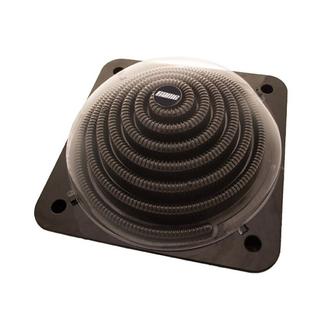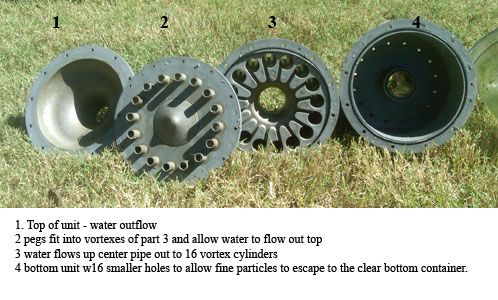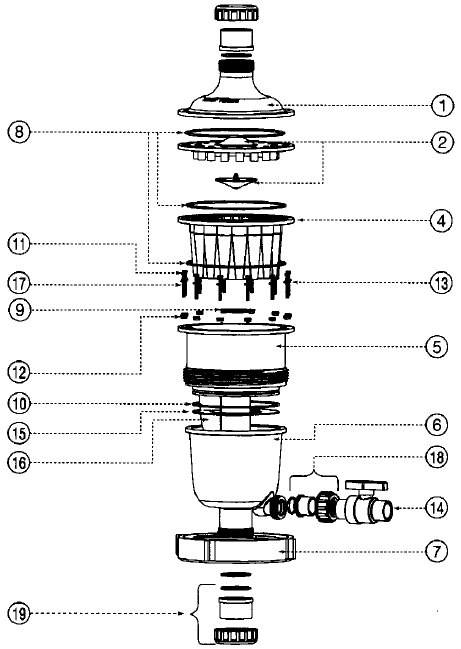I saw someone was offering a ThermaKoi pond heater for $700 on craigslist the otherday and it got me to researching more about pond heaters and other options. According to Peter Waddington at KoiKichi.com today’s Koi are not four season fish and will suffer if water is too cold. Peter’s minimum water temperature recommendation is 50* though some studies have shown Koi can survive down to 38*, but I don’t really want to test that .
So the question becomes do I shell out $700 which is more than I paid for my fish, or do I find alternatives. I already explored the Solar option which for our usual cloudy winter days would not keep water temps stable. Then I got to thinking about geothermal properties of the earth. After digging through a few hundred websites about ground temperatures I finally found some sites tracking shallow ground temperatures in my area. For your purposes it can be assumed that the ground temperature at 30 feet is the same as your yearly average temperature. variance from that value at 2-5 feet depth can be as much as +/- 15*. In my area in early December, ground temperature is 50-57* at a mere 4″, 54.2 average at 8″, so just my normal 4″ depth buried pipe is adding to temperature stability. Once my pond temperature drops below 50*, I will by pass the filters and waterfall which will reduce air exposure and heat loss.
But as an enhancement I am thinking of digging a 2 foot deep trench and burying a PVC loop so I can get longer runs at slightly warmer temps than surface temperature and hopefully stay above 50* and keep my pumps running. Rain and snow may impact the ground temperature so I should not run pumps during those times. I imagine the rubber liner is also absorbing heat from the ground below it so the bottom temperature is a few degrees warmer than the surface temperature.
Aside from heating the water in winter I can also use it for cooling in the summer. The May-Sept average temperature is around 75-77* which is much cooler than the air temperature.
Heat containment is another issue I am researching. Something along the lines of a plastic tent/lid over the pond to reduce heat loss due to wind and air exposure. Not sure how the Home Owners Assoc. will respond to that so it will have to look nice too.
In the meantime I have reduced the flow through the filter and over the falls, as well as moved the air diffuser higher up in the water so it isn’t moving as much warm water from bottom to top. Checking temperature a few times daily to make sure it is not swinging to widely.
IF anyone reading this has tried this, please let me know your results by commenting here or use my contact form at top of the site.





